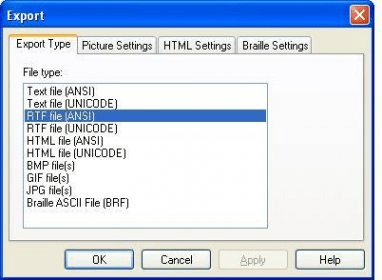

The most significant hazards during work with precast concrete elements are uncontrolled collapse of the elements and being crushed between a precast concrete element and another object. provide practical suggestions for keeping workers safe and reducing the risk of injuries and fatalities.describe good practices for managing those risks.outline the risks associated with handling, transporting, and erecting precast concrete elements.Risks to health and safety come from people being exposed to hazards (sources of harm). The guidelines do not cover detailed design of the completed structure, individual components used in the manufacture, handling and erection of precast concrete elements, or dismantling and demolishing precast concrete structures.

These guidelines are for persons conducting a business or undertaking (PCBUs) including designers, manufacturers, suppliers, installers and importers, as well as workers and any other people who handle, transport or erect precast concrete elements.

A precast concrete element means any item made of precast concrete (including, for example, a beam, column, floor slab, wall panel, or cladding panel). Precast concrete is first cast and later moved into its final position. They also provide guidance on how to meet the requirements of the Health and Safety at Work Act 2015 (HSWA). These good practice guidelines offer advice for keeping workers healthy and safe when handling, transporting and erecting precast concrete elements. Handling, transporting and erecting precast concrete elements are high-risk activities that have resulted in deaths and serious injuries to New Zealand workers.Įvery person working with precast concrete has health and safety duties.Įveryone should clearly understand their roles and responsibilities when working with precast concrete. Precast concrete is widely used in the New Zealand construction industry.


 0 kommentar(er)
0 kommentar(er)
